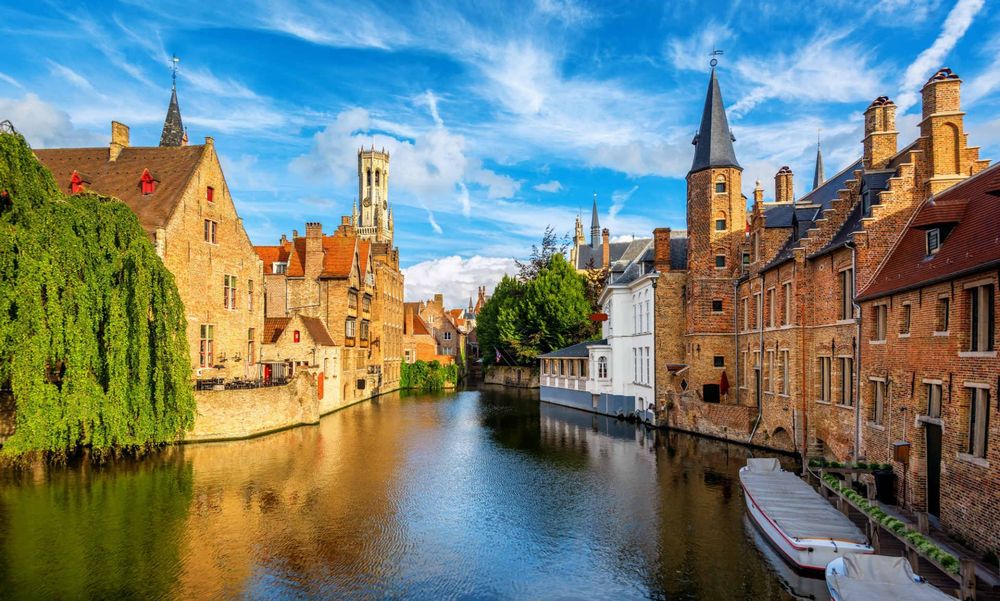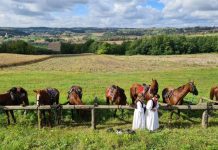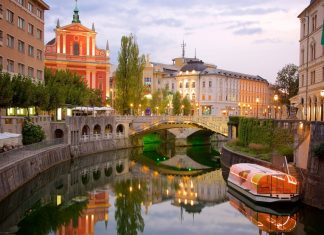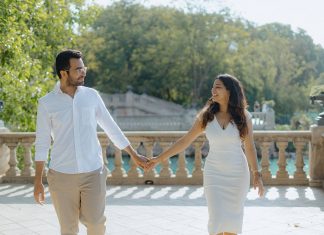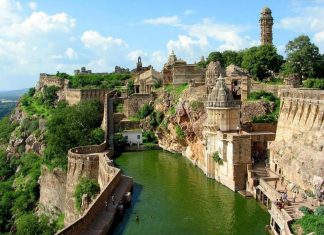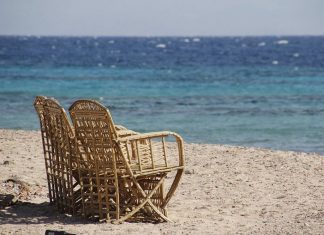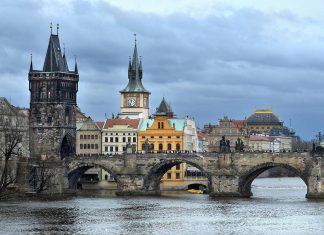Brussels, capital of Belgium and of Europe (or at least of the European Union), could easily have become just another administrative city. Instead it has the sparkle of the Grand’Place; elegant shopping streets, fun restaurants, bistros and cafes; excellent jazz and lively people.
Antwerp, the cosmopolitan port (and one of Europe’s busiest), is located on the banks of the river Schelde. It is a major center for cutting and polishing diamonds. The city also has many architectural treasures, such as the Rubens House, the market square with the beautiful Cathedral of Our Lady, and the Italian Renaissance-style Town Hall.
Ghentoffers the Castle of the Counts of Flanders; van Eyck’sAdoration of the Mystic Lamb(in St. Bavo’s Cathedral); and miles of begonia beds.
Brugesis a medieval town best explored on foot or by canal ride. Carillons ring out from the great town belfry and swans glide on the Lake of Love.
Liègeis the leading city of French-speaking Wallonia. A colorful flea market operates along the Meuse river on Sunday mornings, and the Palace of the Prince-Bishops features two magnificent courtyards.
Tournaiis noted for a 12th-century Romanesque cathedral with five towers and splendid workmanship. Two of the oldest private houses in Europe are found on rue Barre St.-Brice.
Bastogne, in the vast Ardennes forest, was at the center of the Battle of the Bulge during World War II. The Mardasson Monument and the Historical Center commemorate the U.S. forces, whose defense of the town was crucial to the Allies’ victory.
Attractions
Grand’Place, Brussels. The heart of the city’s downtown, this Baroque square-300 years old in 1996-is flanked by the flamboyant Gothic Town Hall, King’s House and ornate guildhalls dating back to the Middle Ages. The Ommegang pageant, re-creating a grand 16th-century reception for Emperor Charles V, is held here every year on the first Thursday in July.
Royal Museums of Modern and Ancient Art, Brussels. The complex ranks among Europe’s leading art museums, with works of Bruegel, Rubens, Ensor, Magritte and Delvaux.
Rubens House, Antwerp. The home and studio of the Flemish master is a museum of 17th-century living. The portico provides a dramatic entrance to the garden. Its pavilion is immortalized in his paintingA Walk in the Garden, showing Rubens and his wife.
Curtius Museum, Liège. Installed in a 400-year-old palace, it features Frankish and Gallo-Roman coins, regional furniture, porcelain, pottery and the 1,000-year-old Notger Bible.
Cathedral of Notre Dame, Tournai. With a subtle mixture of Romanesque and Gothic styles, it is one of the most remarkable medieval structures in the world, and contains treasures of incomparable richness.
SomethingSpecial
The Belgian artistPaul Delvaux(1897-1994) created a visual universe of mystery and allure, suspended somewhere between dreams and reality. Brussels’ Royal Museum of Modern Art will celebrate the centenary of his birth with a major exhibition from March 21 to July 27. Some 250 paintings, watercolors and drawings will explore the haunting surrealism of Delvaux’s world, with its recurring themes and poetic images of classical antiquity, women, skeletons, trains, stations and loneliness. Advance bookings will probably be essential for this exhibit; in the U.S.

